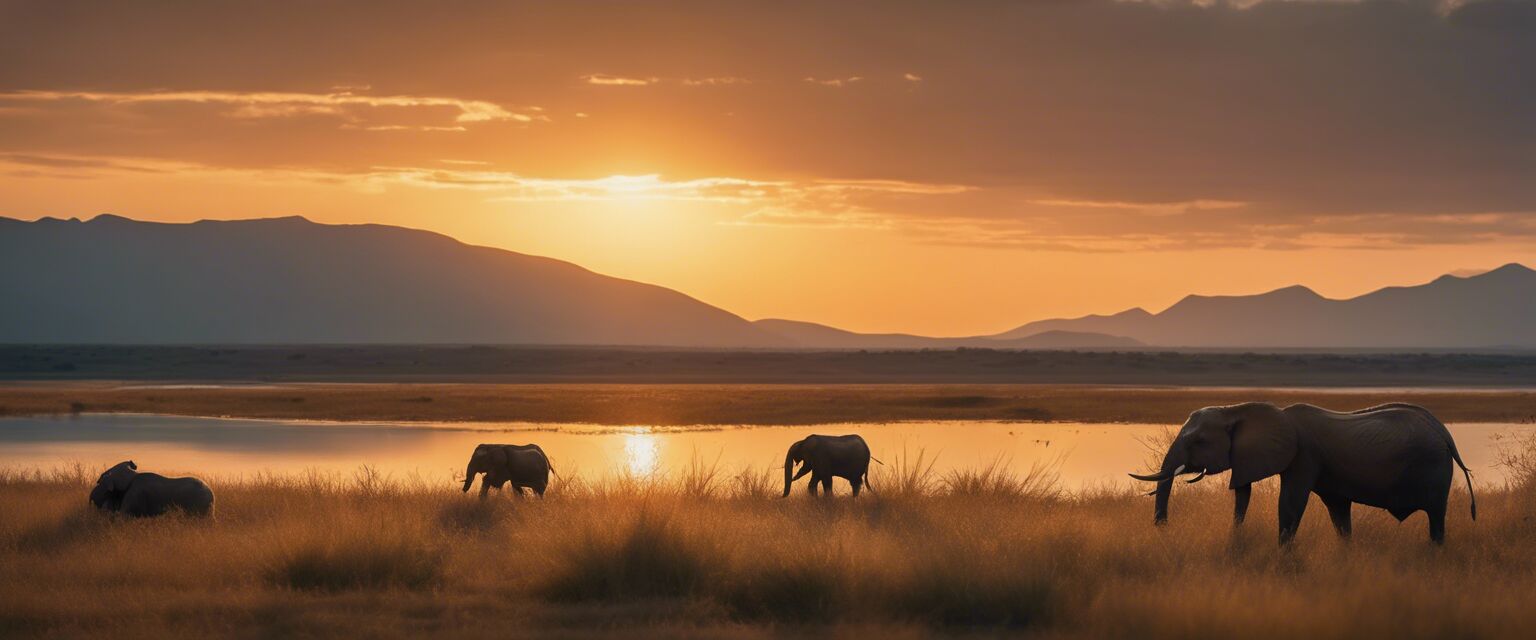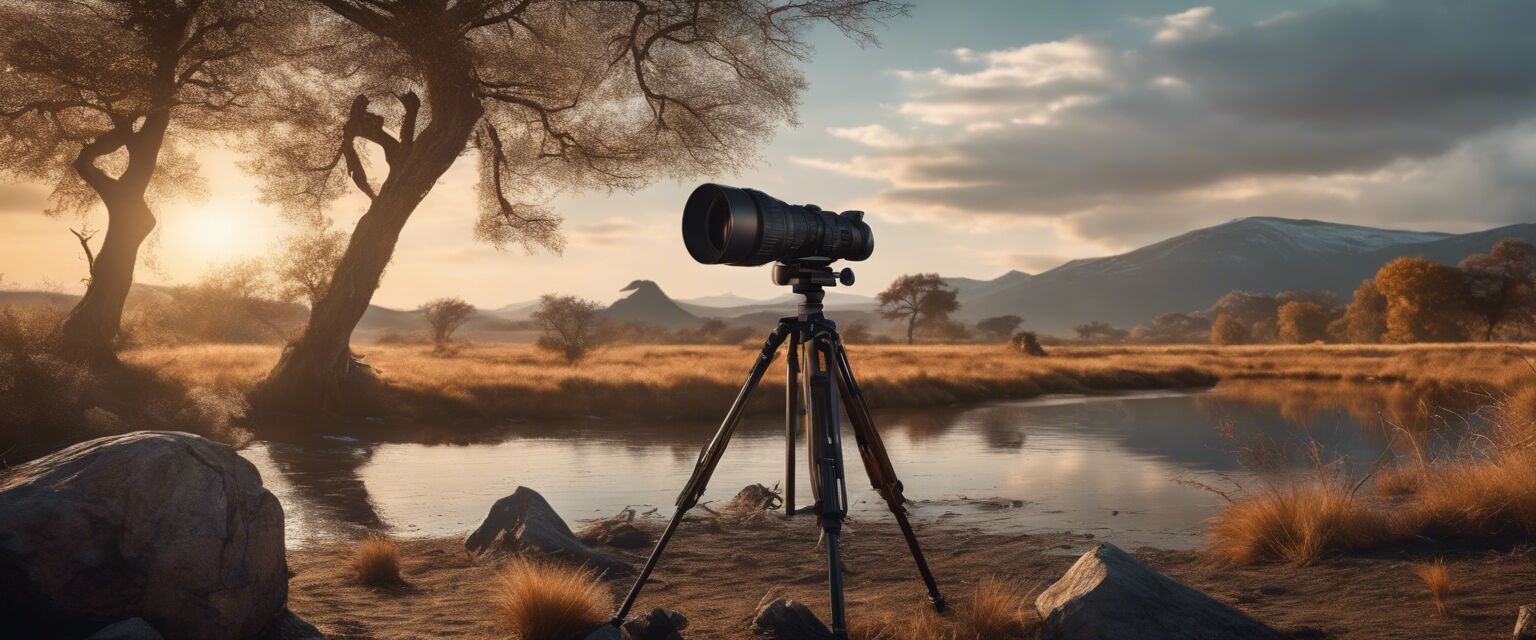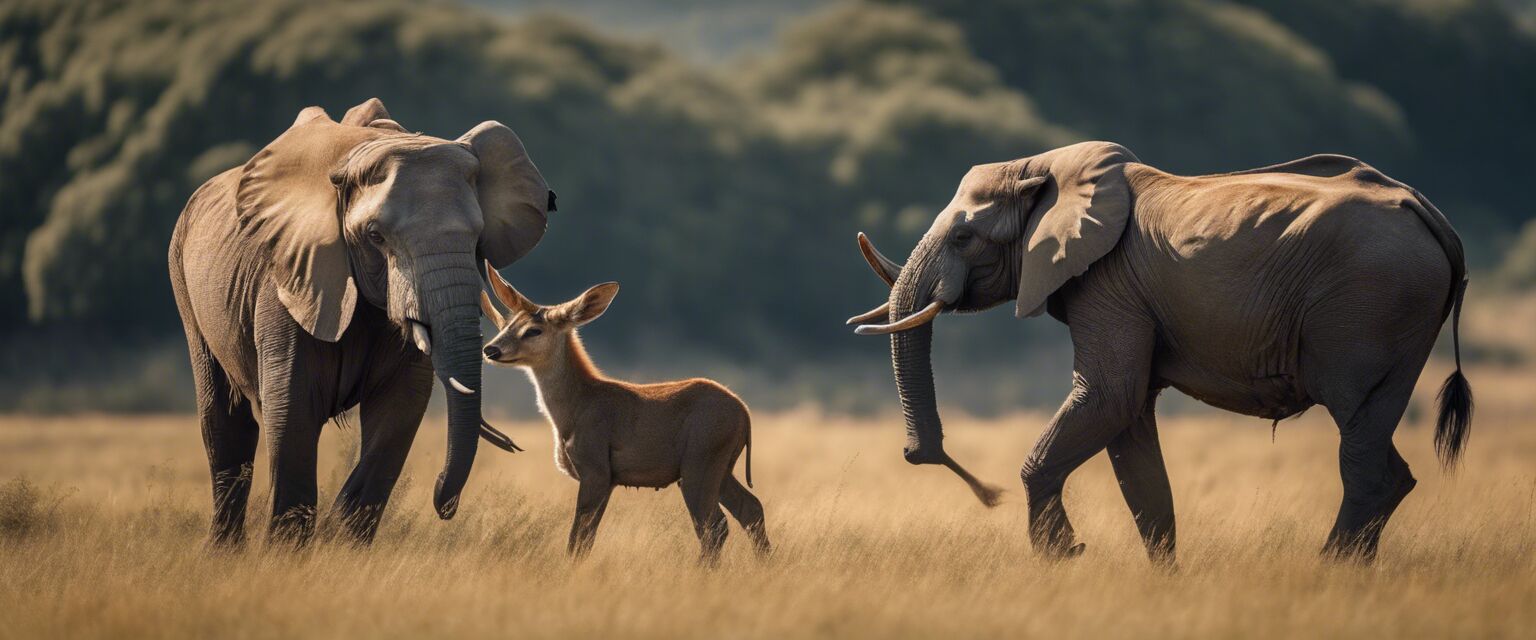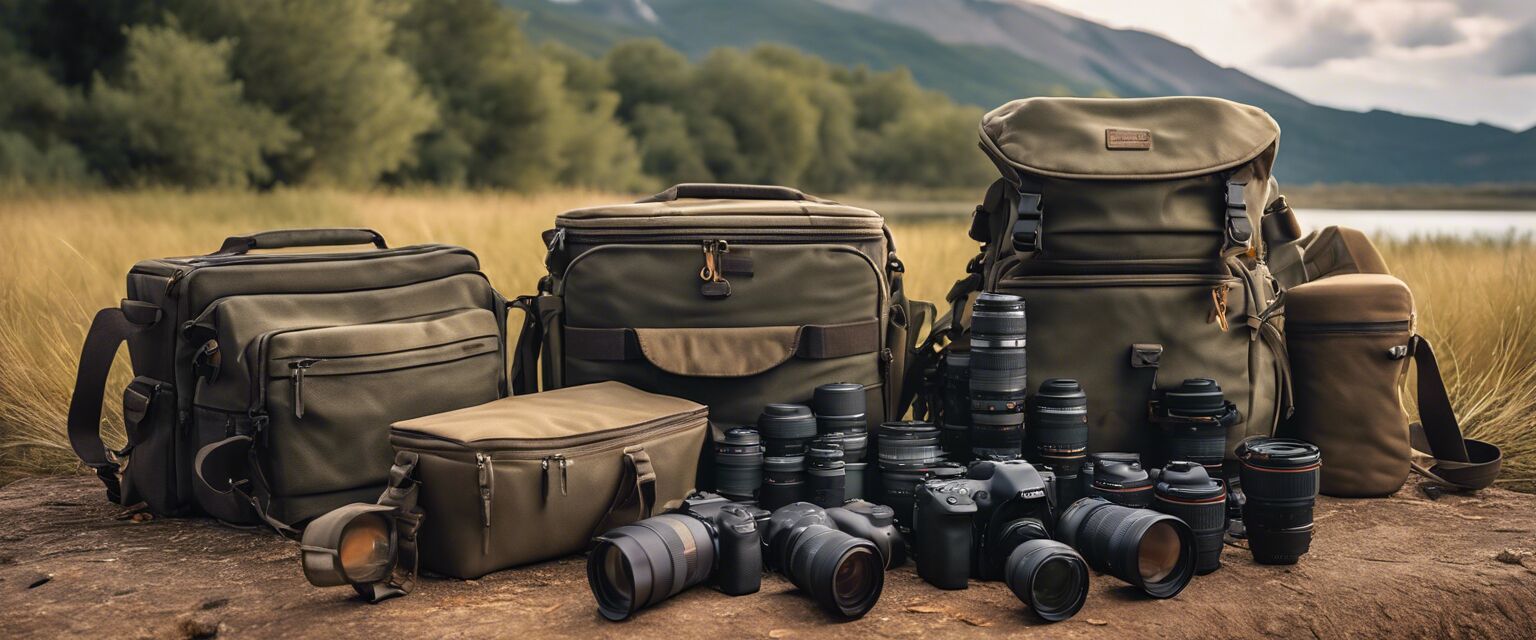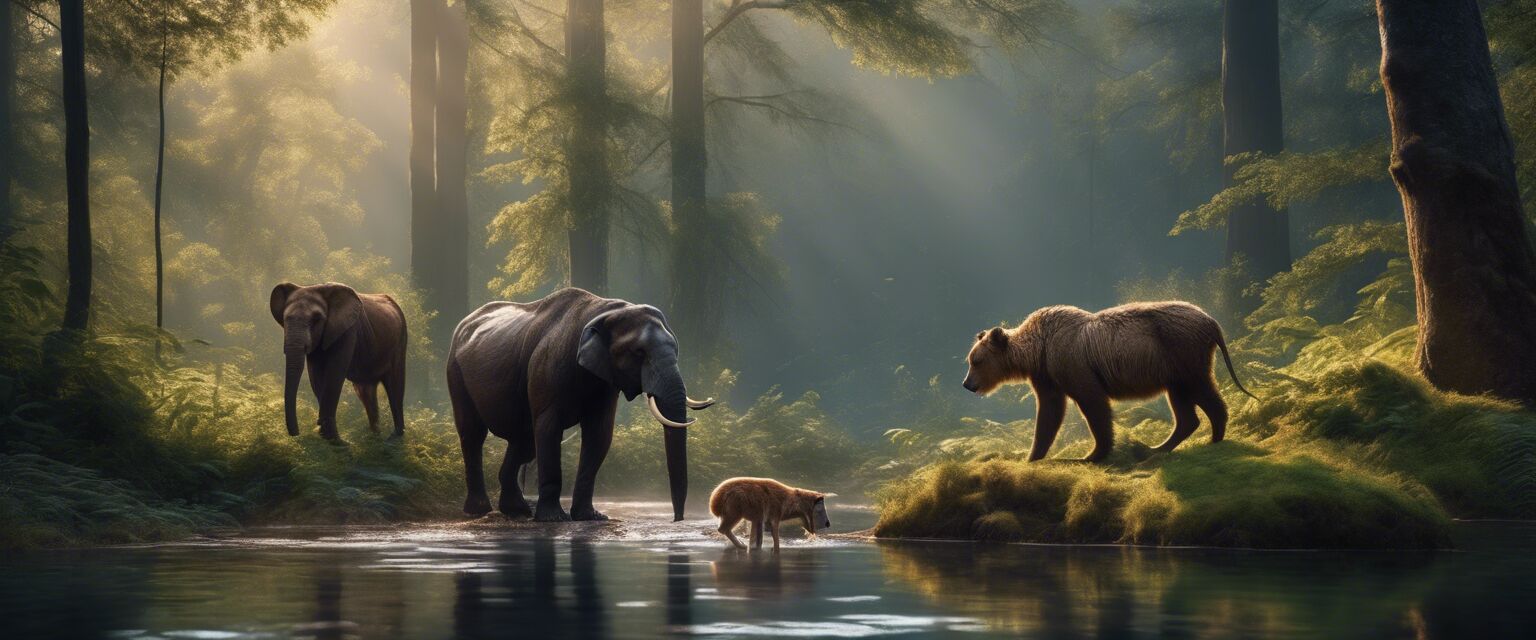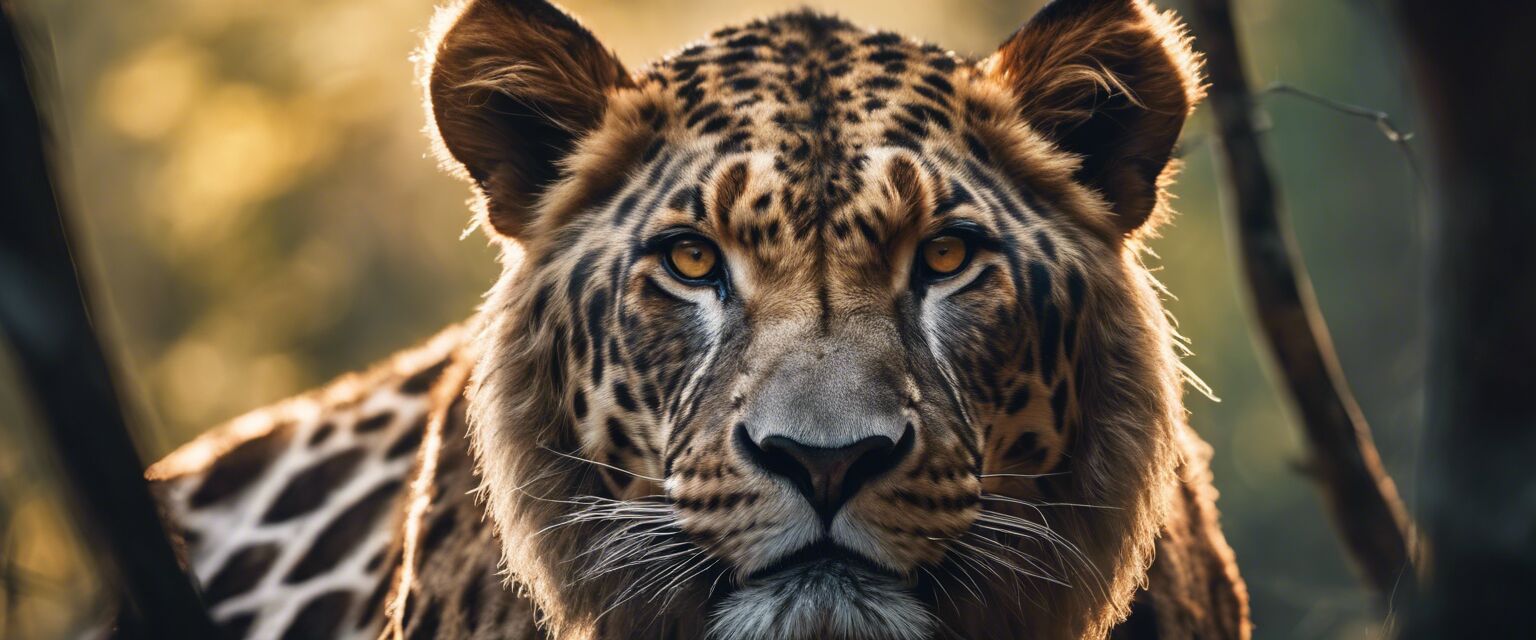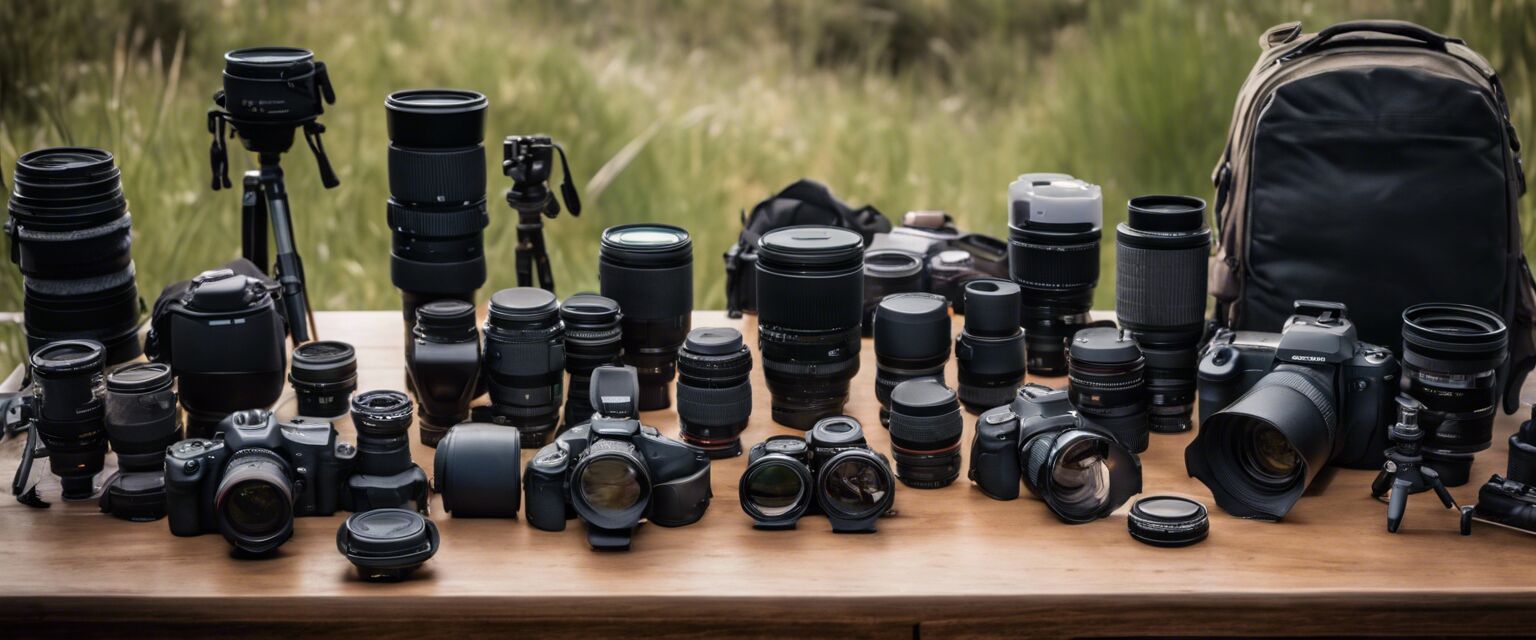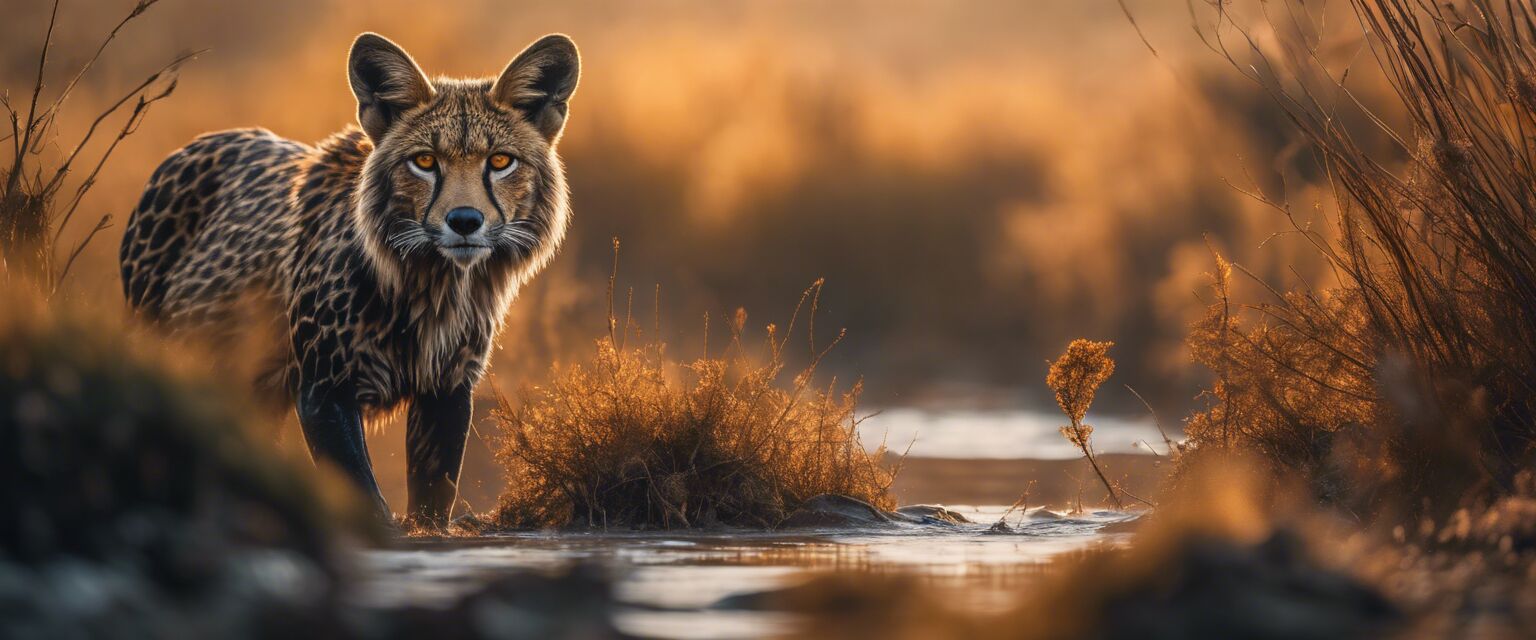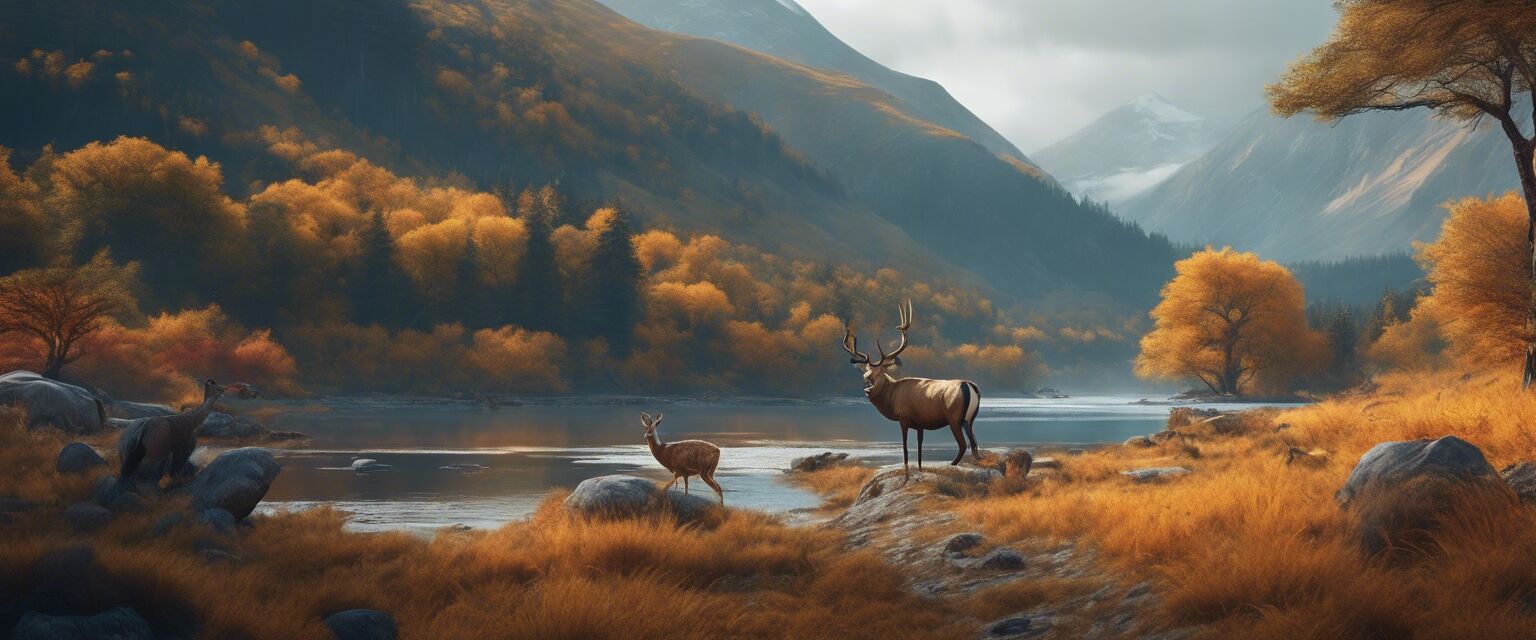
Top Lenses for Wildlife Photography
Key takeaways
- Choosing the right lens is crucial for capturing wildlife effectively.
- Telephoto lenses are often preferred for their ability to zoom in on distant subjects.
- Understanding lens specifications can help in making an informed choice.
- Budget, weight, and compatibility with your camera body are important factors.
Wildlife photography is an exhilarating pursuit that allows photographers to capture the beauty of nature through their lenses. However, having the right equipment, especially the lens, can make a significant difference in the quality of your photographs. In this article, we will explore some of the top lenses for wildlife photography, comparing their features, pros, and cons, and helping you decide which might be the best fit for your needs.
Why is lens choice important in wildlife photography?
The lens you choose affects your ability to capture high-quality images of wildlife. Factors such as focal length, aperture, and image stabilization play a significant role in how effectively you can photograph animals in their natural habitats.
Key specifications to consider
- Focal length: Longer focal lengths (200mm and above) allow you to capture distant subjects without disturbing them.
- Aperture: A wider aperture (lower f-number) lets in more light, enabling better performance in low-light conditions.
- Image stabilization: Helps reduce blur from camera shake, which is essential when shooting handheld at longer focal lengths.
Top lenses for wildlife photography
| Lens Model | Focal Length | Aperture | Weight | Key Features |
|---|---|---|---|---|
| Canon EF 100-400mm f/4.5-5.6L IS II USM | 100-400mm | f/4.5-5.6 | 3.2 lbs | Image stabilization, weather-sealed |
| Nikon AF-S NIKKOR 200-500mm f/5.6E ED VR | 200-500mm | f/5.6 | 4.5 lbs | Vibration reduction, fast autofocus |
| Sony FE 200-600mm f/5.6-6.3 G OSS | 200-600mm | f/5.6-6.3 | 4.5 lbs | Fast autofocus, excellent sharpness |
| Sigma 150-600mm f/5-6.3 DG OS HSM | Sports | 150-600mm | f/5-6.3 | 4.5 lbs | Weather-sealed, great for action shots |
Comparing the top lenses
| Lens Model | Best For | Price Range | Image Quality | Ease of Use |
|---|---|---|---|---|
| Canon EF 100-400mm f/4.5-5.6L IS II USM | Versatility | High | Excellent | Easy |
| Nikon AF-S NIKKOR 200-500mm f/5.6E ED VR | Wildlife in motion | Moderate | Very Good | Moderate |
| Sony FE 200-600mm f/5.6-6.3 G OSS | Long-distance shooting | High | Excellent | Easy |
| Sigma 150-600mm f/5-6.3 DG OS HSM | Sports | Action shots | Moderate | Very Good | Easy |
Pros and cons of using telephoto lenses
Pros
- Ability to capture distant wildlife without disturbing their natural behavior.
- Great for isolating subjects against blurred backgrounds.
- Versatile for different wildlife scenarios.
Cons
- Can be heavy and cumbersome for extended use.
- Higher cost compared to standard lenses.
- Requires practice to master focusing and stabilization techniques.
Tips for selecting the right lens
- Consider your photography style: Do you prefer to shoot from a distance or get up close?
- Test lenses in-store to get a feel for their weight and handling.
- Research compatibility with your camera body to avoid issues.
- Look for reviews from wildlife photographers to gain insights on performance.
- Factor in your budget and consider whether investing in a high-quality lens will enhance your photography.
Conclusion
Choosing the right lens for wildlife photography is an essential step in improving your skills and capturing stunning images. The lenses discussed in this article each have unique features that can cater to different needs and preferences. Whether you're a beginner or a seasoned photographer, understanding your options can help you make an informed decision.

Further resources
For more information on wildlife photography equipment, check out our other articles:

Final thoughts
Investing in a quality lens is a fundamental step for any wildlife photographer aiming for excellence. With the right lens, you can capture the elusive beauty of wildlife, creating images that resonate with viewers and reflect the majesty of nature.


